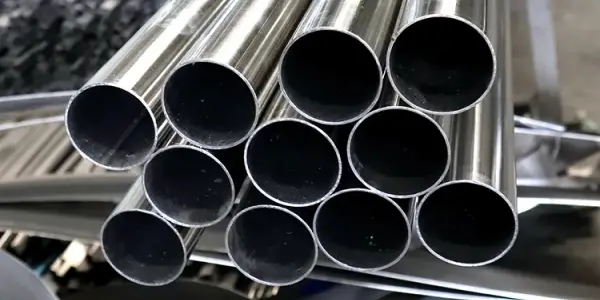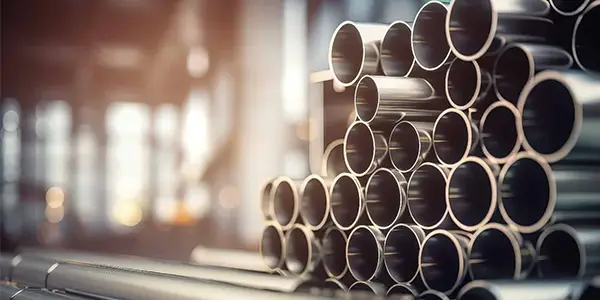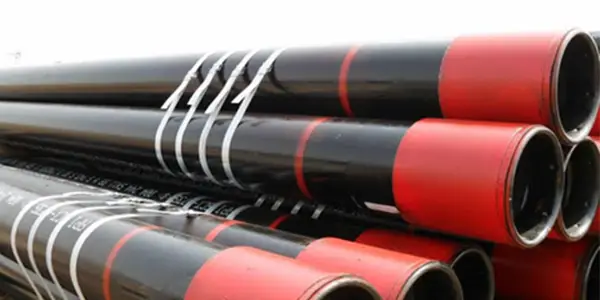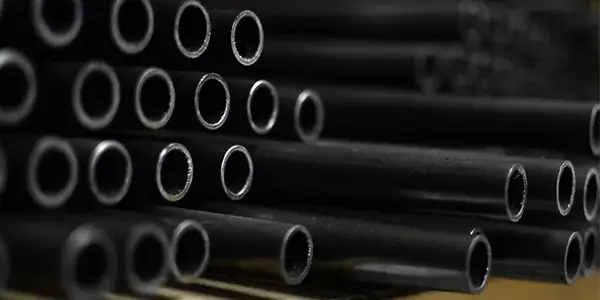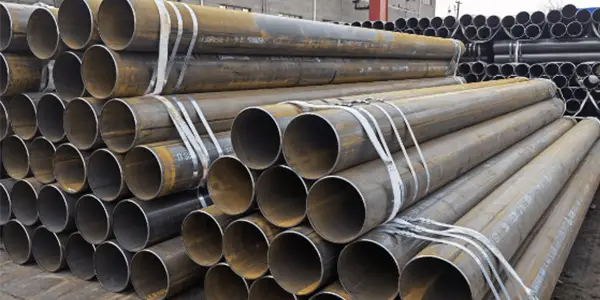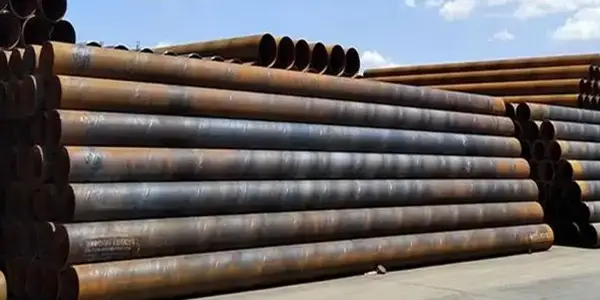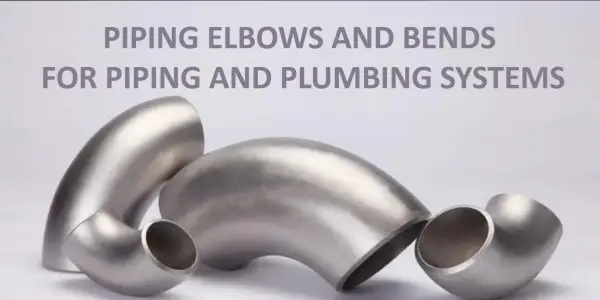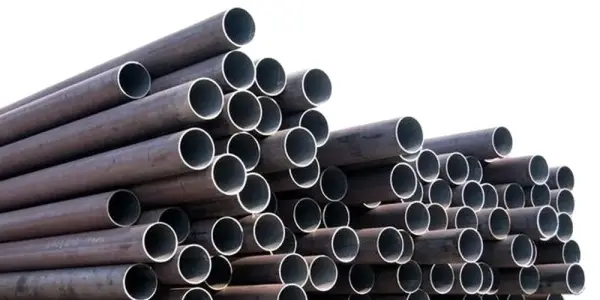-
Factors affecting the service life of 304 stainless steel pipes
Interest often centers on the longevity of 304 stainless steel pipes. This discussion delves into the key factors that typically influence the service life of 304 stainless steel pipes.
Read More
-
Why does stainless steel need anti-corrosion?
Stainless steel needs anti-corrosion treatment, mainly because it still contains a certain amount of iron ions inside. If it is not treated with anti-corrosion, it is easy to cause corrosion on the surface of the steel.
Read More
-
The difference in appearance between technical casing and surface casing
Technical casing and oil casing are both types of casing used in the petroleum industry, but their specific uses are different.
Technical casing is mainly used in drilling, cementing and production processes. Its main function is to support the well wall and prevent well wall collapse and leakage. It can also seal the well head to prevent pressure leakage at the well head. Therefore, technical casing plays a vital role in the oil extraction process.
Oil casing is mainly used to transport oil and gas and prevent well wall collapse. After the oil and gas production is completed, the technical casing is removed, while the oil casing remains in the well pipe as a pipeline for transporting oil, natural gas and other resources. It needs to be resistant to corrosion, withstand high pressure, etc., and it also needs to ensure the smoothness and sealing of the inside of the pipeline.
Read More
-
ASTM A213 Stainless Steel Seamless Tube
ASTM A213/ASME SA213 covers low alloy steel pipes and minimum-wall-thickness, seamless ferritic and austenitic steel, boiler and super-heater tubes and austenitic steel heat-exchanger tubes, designated Grades TP304,TP304H,TP304L,TP310S, TP310HCbN, TP316, TP316H, TP316L etc.
Read More
-
Method for measuring hardness of carbon steel
When choosing a suitable method for measuring the hardness of carbon steel, you need to pay attention to the supply status of the steel and the requirements for measurement accuracy. Generally speaking, the indentation method is suitable for steel in the annealed or normal state, and the rebound method is suitable for steel in the cold drawn state. No matter which method is used, you need to pay attention to the measurement skills and the stability of the experimental environment in order to obtain accurate hardness values.
Read More
-
Application of spiral steel pipe in ship manufacturing
Spiral steel pipe is a material widely used in shipbuilding. Its unique properties and wide application in shipbuilding make it a secret weapon in shipbuilding. Ship manufacturing is a complex project that has extremely high requirements on the quality and performance of materials, and spiral steel pipes have shown excellent performance in this regard.
Read More
-
Causes of common defects in cold-drawn seamless steel pipes and their prevention and elimination methods
Cold-drawn seamless steel pipe is a common seamless steel pipe processing technology. Common defects mainly include surface cracks, internal defects, dimensional deviations, etc. The causes of these defects are relatively complex, but the occurrence rate of these defects can be effectively reduced through reasonable prevention and elimination methods.
Read More
-
Does stainless steel need solution treatment after processing?
Under normal circumstances, stainless steel needs to be solution treated after processing to restore its performance and structure.
Read More
-
How to properly bend galvanized pipe
The method of bending galvanized pipe depends on the desired bend angle, radius, and the need to maintain the integrity of the galvanized coating.
Read More
-
ASTM A135 GR.A ERW Steel Pipe/tube
The ASTM A135 ERW steel pipes are intended for conveying gas, vapor, water or other liquid; only Grade A is adapted for flanging and bending. The selection of this ERW pipe for various applications depends on its dimensions, properties, and conditions of service. The pipe may be furnished either non-expanded or cold expanded at the option of manufacturer. When pipe is cold expanded, the amount of expansion shall not exceed 1.5% of the outside diameter of pipe size.
Read More

 English
English Español
Español




 Tel : +86-18565811709
Tel : +86-18565811709 Email :
Email : 
